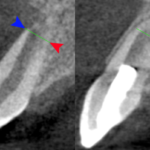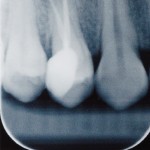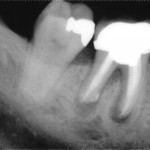
Thiis review of the outcomes of primary root canal treatment (RoCT) in studies published since 2003 included 42 studies (15 RCTs, 14 prospective cohorts and 13 retrospective studies. While pooled success rates were high the quality of the included studies was limited and the studies were conducted in an academic or private practice environment.
[read the full story...]

